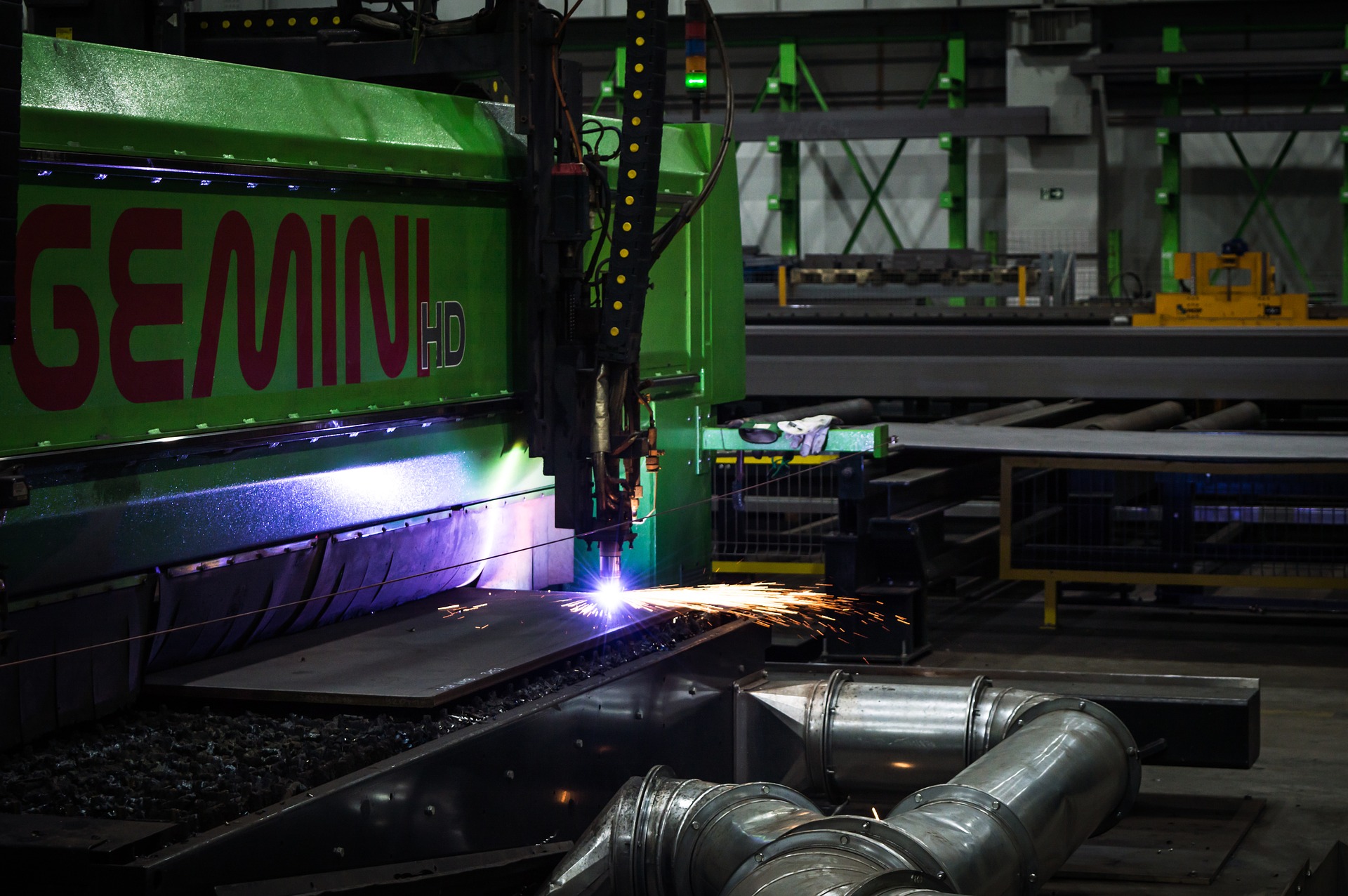Industries face many challenges. From production needs to labor shortage, to inadequate raw materials and shortage of funds, among others.
Engineers worldwide are working daily to come up with better ways to solve these problems, hence the birth of manufacturing automation.
While robotic automation is still facing some opposition from the public, it’s proven to be very profitable for industries. In fact, robots have now been incorporated in more fields, not just manufacturing.
As manufacturing automation continues to grow, it has proven to solve some of the most indignant problems in industries.
Below, are a few problems you can quickly solve, thanks to manufacturing automation.
1. Late deadline deliveries
During the high-season, there’s usually a high demand for your products. While this is a good thing for the business, the tough part comes in during production.
Most industries find it hard to keep up with the orders and so, lose customers due to late deliveries. Moreover, you may opt to hire in more staff, but that only increases your labor costs.
Manufacturing automation solves this problem by deploying robots to most of the tasks. Robots are not only faster but also more accurate and very efficient.
They can also work for 24/7 with little need for maintenance and supervision, enabling you to meet deadlines and save costs.
2. Absent and Shortage of workers
Whenever most of your workers are out sick or on leave, your production is left with some shortage of staff.
One of the biggest causes of absent is work-place injuries. Manufacturing industries have numerous danger zones for workers. Research recently concluded that most industrial accidents occur in the form of trips and fall, sharp object and heavy machinery.
No one wants to get hurt work. So, when most of your employees are injured at work, your industry is at risk of losing them.
Manufacturing automation is the best way to solve this.
By deploying robots to work in the dangerous and hazardous area of the industry, you significantly reduce the chances of employee injury.
Moreover, using robots to do the heavy lifting relieves workers of back strains and injuries.
3. Shortage of space
One characteristic of a growing industry is its expansion plans. As your enterprise grows, the need for more space to increase production rises.
You need to have a plan to help you gain more space. For industries with enough capital, acquiring a new piece of land may not be a problem.
However, when on a tight budget, you have to find a way to increase your working floorspace. Manufacturing automation is a way to do this.
Modern robots such as Collaborative robots from Universal robots are not rigid like their traditional predecessors. These bots are not only flexible but also portable.
Therefore, they can be deployed in different areas of the industry and hence significantly cut down on floor space.
4. Miscellaneous costs
In an industry dealing in numerous processes, wastage of finances and resources comes by quite quickly.
During production, inaccuracies in the calibration of machines may at times result in wastage of raw materials. Other times, machines are left running even when they are not in use; hence, power losses.
Labor losses also occur whenever you have to pay employees even when they didn’t work a few times that month.
The use of robots helps you cut down on costs in numerous ways. For one, they have a quick ROI and so, within a year, you’ll be reaping benefits of the investment.
Secondly, the robots can work all day and night and can handle most tasks effectively. Due to their accuracy, they minimize wastage of raw materials, power and maintenance costs.
Conclusion
Manufacturing automation is one of the best ways to solve your manufacturing needs. Your industry needs a worker that is efficient, always available, saves on cost and saves you space. That’s a robot.
Automation will give you the freedom you want to increase your products, improve employee morale and gain that competitive advantage you are looking for.
Therefore, whenever you have a problem in your industry, never forget to invest in manufacturing automation.

